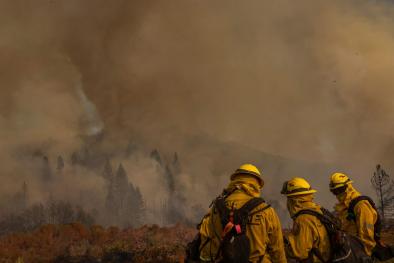The emergence of heat and humidity too severe for human tolerance
Study key findings:
- The frequency of humid heat so high it comes close to overwhelming the human body’s ability to regulate its temperature has more than doubled in some coastal subtropical regions of the world since 1979.
- Temperatures hitting the upper threshold for human survivability are already occurring in areas including coastal southwest North America, on the shoreline of the Persian Gulf, and northern South Asia, and could make those places unlivable sooner than expected for parts of each year.
Study abstract:
Humans’ ability to efficiently shed heat has enabled us to range over every continent, but a wet-bulb temperature (TW) of 35°C marks our upper physiological limit, and much lower values have serious health and productivity impacts. Climate models project the first 35°C TW occurrences by the mid-21st century. However, a comprehensive evaluation of weather station data shows that some coastal subtropical locations have already reported a TW of 35°C and that extreme humid heat overall has more than doubled in frequency since 1979. Recent exceedances of 35°C in global maximum sea surface temperature provide further support for the validity of these dangerously high TW values. We find the most extreme humid heat is highly localized in both space and time and is correspondingly substantially underestimated in reanalysis products. Our findings thus underscore the serious challenge posed by humid heat that is more intense than previously reported and increasingly severe.
Related Content



